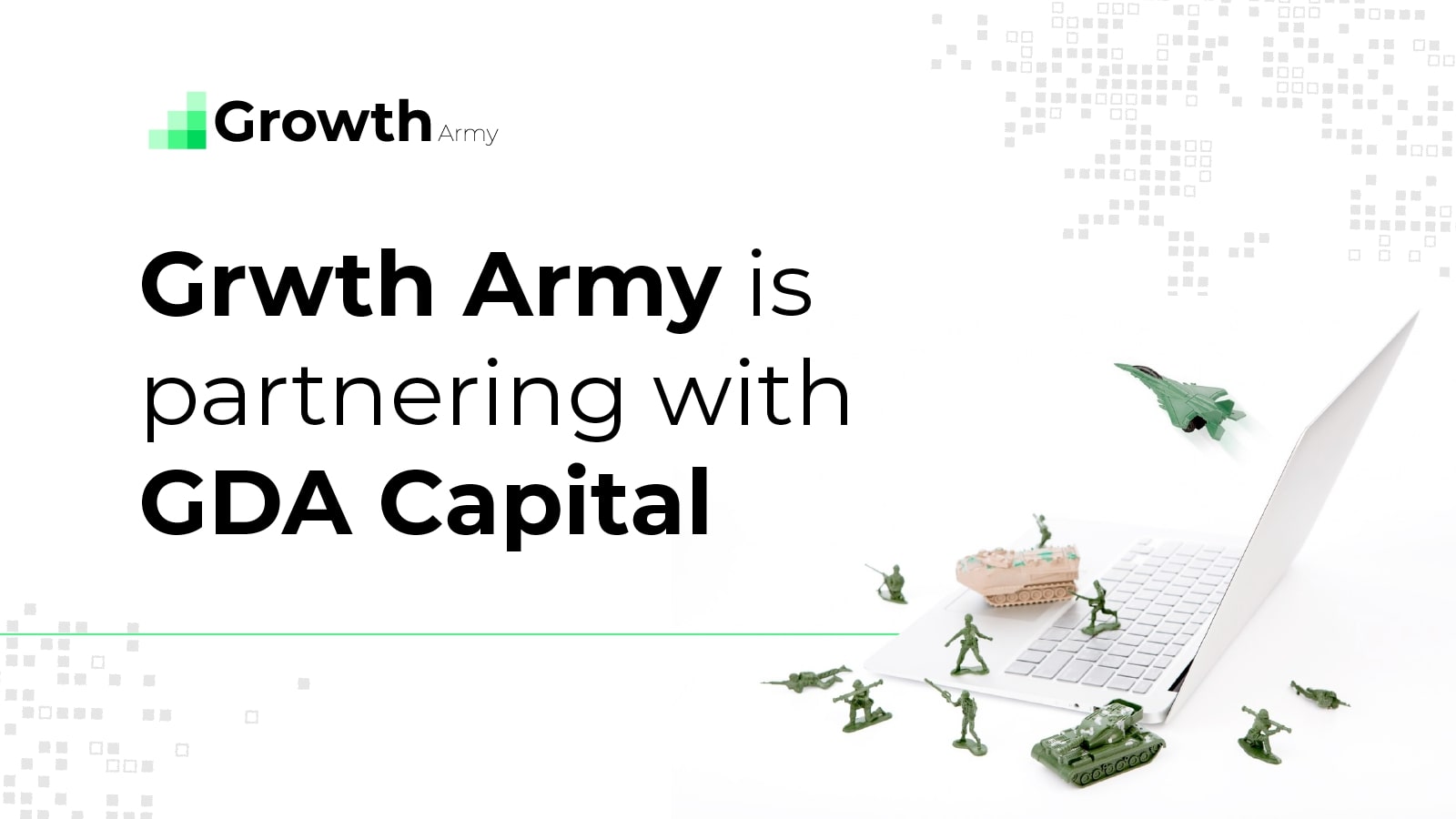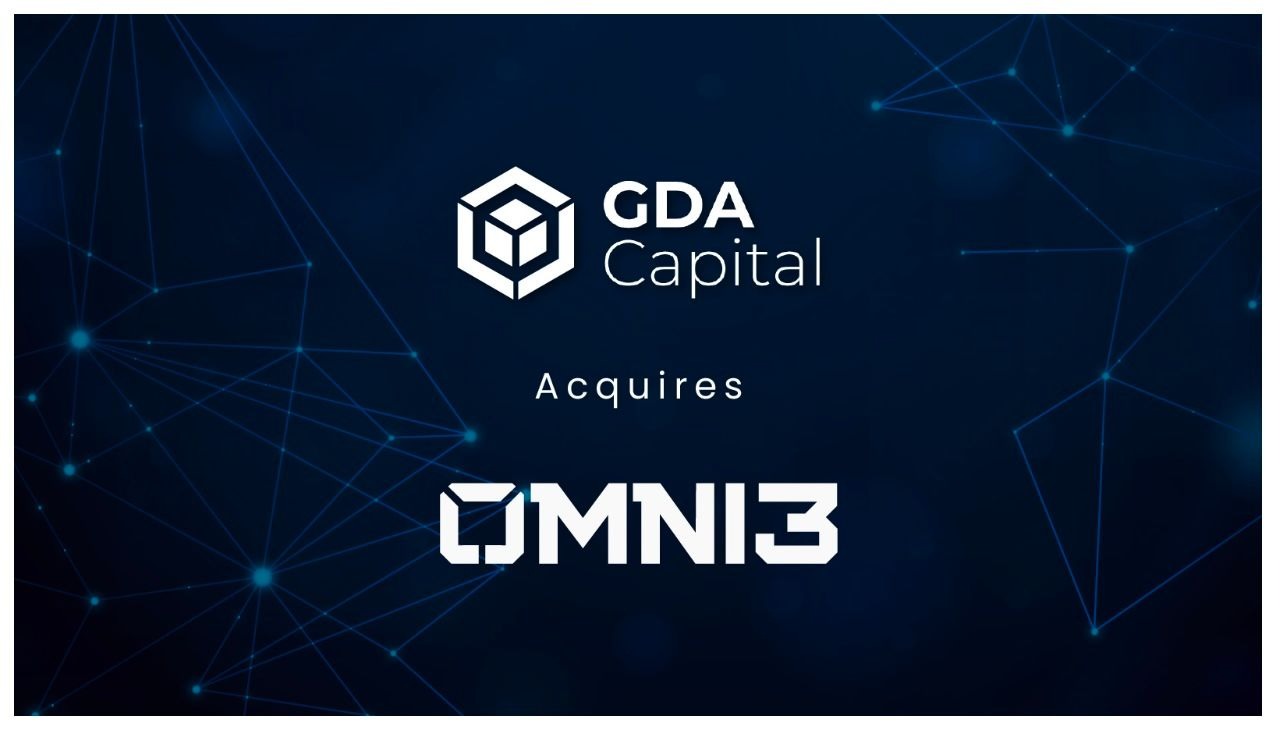- Founded by Ethereum co-founder and mathematician, Charles Hoskinson, Cardano is the world’s first blockchain platform based on peer-reviewed research
- Cardano aims to improve upon scalability, interoperability, and sustainability through its Proof-of-Stake protocol, Ouroboros
- Cardano’s coin, ADA, has seen great strides in 2020 and has the potential for growth
A Mathematician’s Lament
Cardano was invented by mathematicians Charles Hoskinson and Jeremy Wood. You might recognize these names due to their involvement with Ethereum. Hoskinson co-founded the cryptocurrency with Vitalik Buterin but a schism between the two caused Hoskinson to leave the project in June 2014, with Ethereum launching a year later.
Hoskinson then established the Cardano blockchain platform after two years of development. Cardano hosts its ADA coin, which you can hold in its accompanying wallet.
Everything about Cardano is dressed in mathematics references. Its namesake was an Italian polymath known for his work in probability, while the ADA token is named after Ada Lovelace, whom many consider to be the first computer programmer.
Cardano differs from other cryptocurrencies, in that instead of publishing a white paper and converting it to code, the platform is founded on peer-reviewed research.
Bitcoin was the first-generation cryptocurrency, establishing the P2P electronic system. Following that, Ethereum started the second generation by introducing smart contracts, but both suffer from scalability issues.
Cardano aims to solve three major problems with the current generation of protocols: scalability, interoperability, and sustainability.
Crypto’s Future?
To scale towards a global payment system, Cardano increases its transactions per second through a proof-of-stake protocol called Ouroboros, contrasting Bitcoin’s proof-of-work protocol. Everyone can mine new blocks in a proof-of-work algorithm but Cardano elects “slot leaders” to mine blocks. Block rewards are proportional to the amount of ADA staked. Ultimately, this feature saves on computing power, network bandwidth, and electricity.
The second problem is interoperability. There are many cryptocurrencies and they don’t talk to each other. You can’t exchange your Bitcoin into Ripple, for instance, without a third party. Cardano wants to be the “Internet of Blockchains” to move assets across chains.
The final problem is sustainability. Typically, companies launch an ICO to raise funding and generate interest in an idea, but what happens when that funding runs out? Should companies launch another ICO?
Cardano uses a treasury, which takes a percentage of every transaction that occurs on the network. It works similarly to a smart contract and can release funds to developers who want to improve the Cardano protocol. Users submit improvement proposals that are voted on by the community.
Cardano has been rolling out across five phases. The first phase, Byron, allowed users to trade ADA and bear witness to the Ouroboros consensus protocol. The second phase, Shelley, focuses on decentralization. This era encourages adoption by driving staking pools. The Shelley code was released a few weeks ago.
All this work is supported by three organizations. The Cardano Foundation maintains the standards of the Cardano ecosystem and encourages adoption. IOHK builds, designs, and maintains the platform while Emurgo is the commercial arm, inviting businesses and governments into the fold.
What is Cardano Used for?
Cardano has outlined various use cases for its enterprise. They all follow the platform’s design principles such as traceability and authentication.
Agriculture: The Covid19 pandemic has shown the faults and weaknesses in our supply chains and how logistics has been stuck in the 20th century. Blockchain technology can help in modernizing the industry. Instead of sifting through spreadsheets and other data management software, Cardano’s platform enables product certification and transparency across the entire value chain.
Healthcare: The World Health Organization estimates that ~50% of medications sold online are subpar or counterfeit. Imagine that statistic in a worldwide pandemic scenario and you’re left with a very low level of trust from users. Cardano can authenticate and verify the origin of pharmaceuticals and track their journey across the supply chain.
Decentralized Finance (DeFi): There are almost 2 billion adults worldwide that have no access to financial services. Catering to the unbanked is a $10 trillion market. Decentralized finance can move financial services over to the blockchain, countering corruption and forgery in the process. Hoskinson has hinted at moving into the DeFi space.
Where Does Cardano Go From Here?
The Shelley era promises to make the network more decentralized than other blockchains and also widens the stake pools to 1000.
The next phase is the Goguen era, named after the American computer scientist, which aims to improve smart contracts.
The Goguen era enables people to build decentralized applications. The “smarter” contract means that Cardano’s platform will not prioritize ADA transactions and contracts over other tokens, as Ethereum does for Ether over ERC-20 tokens. Users from non-technical backgrounds will be able to execute smart contracts using the Marlow platform.
The last two phases – Basho and Voltaire; named after the Japanese poet and French philosopher, respectively – will be the last puzzle pieces that make Cardano a self-sustaining system.
Our conclusion is that if Cardano continues to follow its roadmap, it has plenty of room for growth and adoption.




